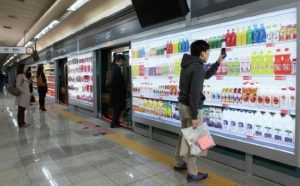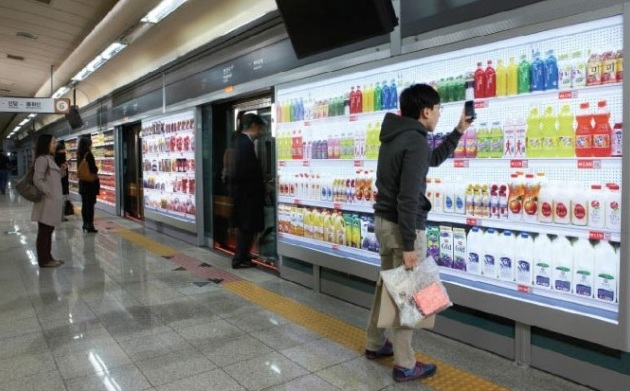
E-commerce, QR codes and the virtual supermarket triumph in the Korean subway
Tesco supermarkets in South Korea have decided to adjust to the current market and call themselves Homeplus, motivated in a certain way after reaching position as the second most popular store in the country, just behind E-Mart.
 However, it has achieved without opening more physical stores as it does in the case of its most direct competitor, and for this Tesco has focused on virtual shopping by creating digital supermarkets in subway stations, with the aim of mixing in the daily life of the South Koreans. This decision was made after a market investigation where they found that many Koreans have focused on going to and from work without having time to make purchases.
However, it has achieved without opening more physical stores as it does in the case of its most direct competitor, and for this Tesco has focused on virtual shopping by creating digital supermarkets in subway stations, with the aim of mixing in the daily life of the South Koreans. This decision was made after a market investigation where they found that many Koreans have focused on going to and from work without having time to make purchases.
They designed large screens exactly the same in terms of presentation design of the products of physical stores where customers can use their smartphones to scan QR codes and place their products in the shopping cart. When this is processed, the purchase is delivered to the clients’ house once they return.
Online purchases between November 2010 and January 2011 increased by 130%, increasing the number of customers by 76%. Homeplus has become the main online store and has raised bets in the offline market. For its part, the campaign they did won several awards, including the Golden Lion at the Cannes Festival of Creativity.
Leave a reply